Different Types of Foam Rollers and When to Use Them
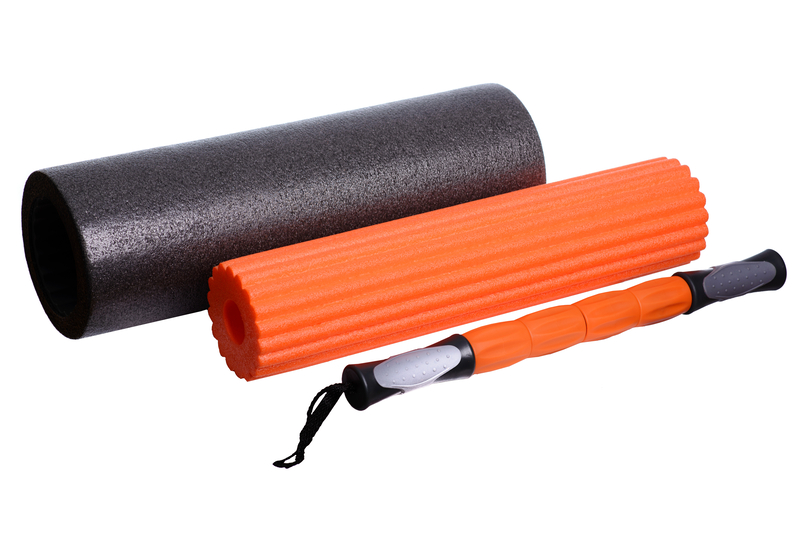
You very well may find the notion of adding an object comprised of foam to your list of favorite exercise equipment an absurd thought. You wouldn’t be alone. Yet as crazy as it sounds, there are many types of foam rollers, and they actually work wonders!
Yes, you should definitely stop, drop, and roll.
What is a Foam Roller?
A foam roller is a tool you can use to perform what’s called self-myofascial release. Self-myofascial release involves working on tight areas of your body, trigger points, and any sore areas. By rolling over the areas, the pressure can help to release tension in the muscle and bring much needed circulation to stimulate healing.
Foam rollers have been used for decades for massage, for increasing fitness and flexibility, and for helping speed healing. When you roll on a foam roller, you bring fresh blood to the area, nourishing the tissue and helping it recover.
The Health Benefits of Foam Rolling
You wouldn’t think such a simple device could pack such a beneficial punch, but it’s true.
And if it hurts, you’re probably doing it right. Using the roller on tight and sore areas will help to flush those areas with blood as well as:
- Ease knots in your muscles
- Work on releasing trigger points
- Soothe back pain
- Improve flexibility
- Reduce soreness
- Lessen inflammation
- Relax tense muscles
- Help you get more out of your stretching sessions
The Types of Foam Rollers and How to Use Them
Now that you’re convinced of the efficacy of a foam roller, it’s time to narrow down what type will work best for you. Yes, you may even want to use more than one kind of foam roller to address different needs and/or injuries.
Here’s how to navigate the types of foam rollers on the market and pick one or more that will meet your specific needs best.
Foam rollers come in all shapes and sizes, thicknesses, lengths, densities, and surfaces. Narrowing down the choices can be difficult, but here’s a little more of the 411 on each:
Soft and Firm Density Foam

Foam rollers come in a variety of densities. From very soft and squishy all the way to firm and almost hard. A low-density (soft) roller will be softer and more pliable to the touch. This is a gentle foray into foam rolling if you are particularly sensitive or have an injury which needs a gentler approach. The drawback to a very soft foam roller is that it may not provide quite enough pressure to the needed areas and, over time, this type of roller can become permanently indented.
A denser foam roller will offer a lot less “give” and can actually cause pain when used properly. A denser roller will not become misshapen as easily as your soft variety. Typically, but not always, the darker the foam color, the denser the foam. But, always test it by grabbing the roller and compressing it with your hands to see how much give there is.
Materials Used and Why It Matters
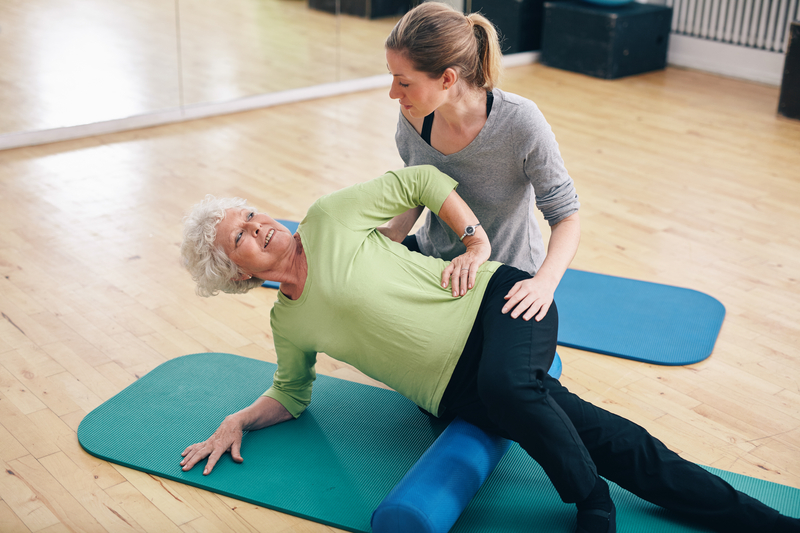
Foam rollers can be made from a variety of materials, but they’re usually made of one of these three types of foam: polyethylene (PE), ethylene vinyl acetate (EVA), or expanded polypropylene (EPP).
The PE foam rollers are very common and are the softest, but they may not last as long as their counterparts. These are great for newbies to foam rolling and are an easy and pain-free way to experience self-myofascial release.
A nice middle ground is the EVA roller with its medium-density properties. They are longer lasting than their softer counterparts, the PE rollers, but if you’re tender, take it slowly as you ease over the affected areas.
Lastly are the super firm EPP rollers which may last virtually forever but might be extremely uncomfortable for some folks to use. They will also cost more than the softer varieties, so prepare your pocketbook as well for the harshness.
Smooth vs Textured Surfaces
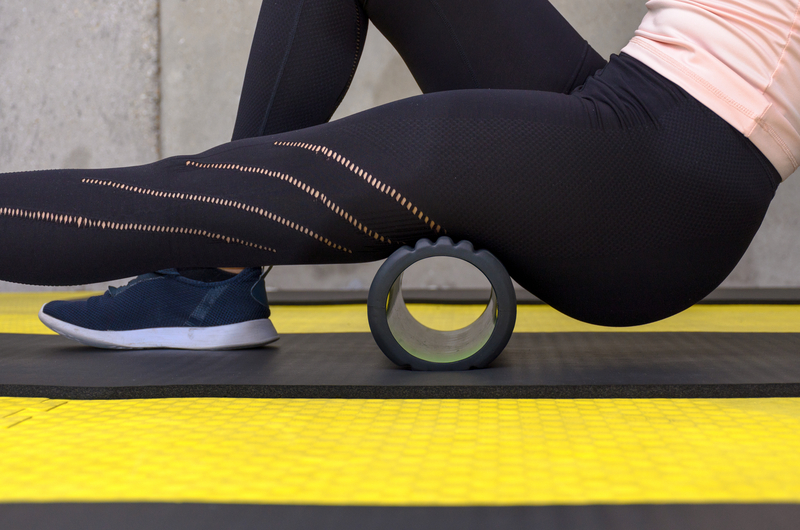
The smooth surface is the “friendliest” of surfaces and will exert an even pressure across all areas when used. A smooth foam roller can also be of varying density. Again, a low-density roller will be softer and “squishier” to the touch. This is a gentle foray into foam rolling if you are particularly sensitive or have an injury which needs a gentler approach.
A textured surface on a foam roller will mostly consist of knobs, grids, or ridges, allowing you to really hone in on the areas that need special attention. This type of foam roller will provide you with a more intense and deep-tissue massage.
Like the denser foam rollers, using a knobby roller can be quite painful but will really help work out those knots and release the muscle tissues. Just start slowly or work your way up to this type of roller.
If it’s too painful, try not using your entire bodyweight as you roll. Instead, brace yourself with your arms or feet to exert a little less pressure on the tender spots.
BREAKING: Forget Taking Collagen, Try This 21-Second Trick for Healthier Skin & Hair Instead
Length and Shape
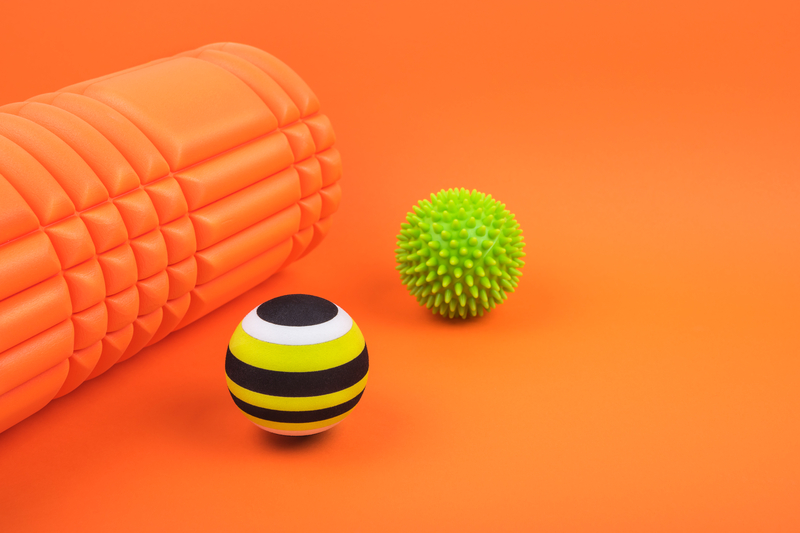
Yes, the length of a foam roller will also vary, as will the shape. Most foam rollers will be round and tubular. But, be aware, there are also half-rollers (a tube cut length-wise) which are generally used for stretching feet, for yoga stretches and poses, and for a gentler approach to foam rolling.
Foam balls can also target various areas of the body because of their small size. They do, however, really get in there, and you may only be able to exert a portion of the pressure on the area that you would normally use with a regular foam roller. You’ll also see folks using a ball while standing against a wall. They are great for pinpointing shoulder issues as well as knots in the back.
Another form of roller is the rolling massage stick, which can be propelled across an area of the body by grasping each end of the stick with your hands and rolling it on the area you want to release. So, instead of using your bodyweight as you physically roll across a foam roller, with a stick, you’ll simply apply pressure as you move the stick with your hands. These are often used on legs and calves, and if you have a partner, try them on your back and arms.
You will also see rollers that are smaller in diameter (three to four inches) but these will usually offer a more intense and deeper massage than the more typical five- to six-inch variety.
Foam rollers can also come in varying lengths. Shorter rollers are great for travel or confined spaces or smaller body parts like arms and calves, but longer length foam rollers will offer more variety and stability.
No matter which type of foam roller you choose for yourself, as you gain experience and see the benefits from using it, you may find it’s one of your favorite pieces of exercise equipment and may even wonder how you ever lived without it.
For some simple movements to try with your foam roller, check out: The Best Foam Roller Exercises and Stretches


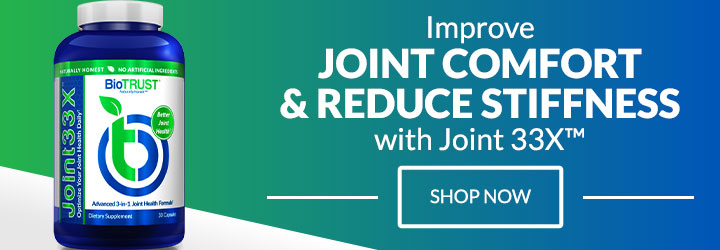

 7 Signs Your Body is Seriously Low on Collagen (not just wrinkles)
7 Signs Your Body is Seriously Low on Collagen (not just wrinkles) Health Expert: "Turmeric Doesn't Work (unless...)"
Health Expert: "Turmeric Doesn't Work (unless...)" 3 Warning Signs Your Probiotic Supplement is a Total Waste
3 Warning Signs Your Probiotic Supplement is a Total Waste

